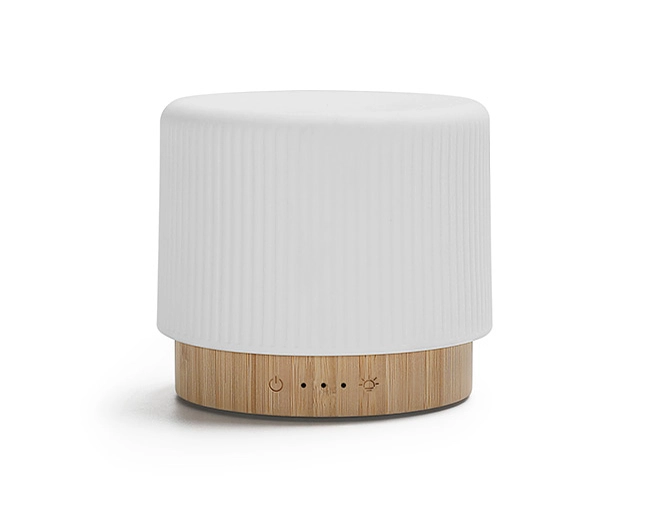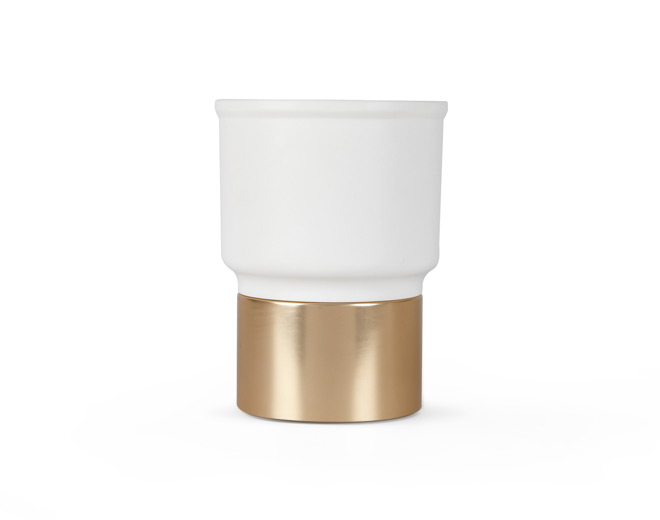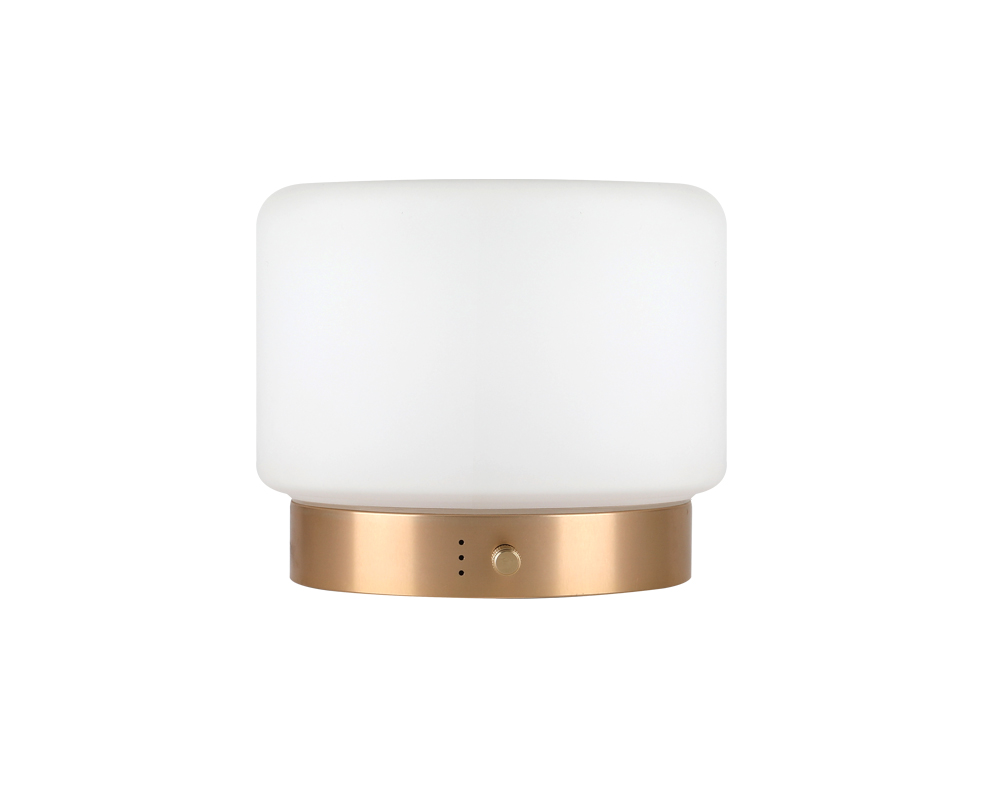Aroma diffusers have become a popular accessory in homes and offices due to their ability to fill the air with fragrant and therapeutic oils. However, many people wonder if they can use a diffuser as a humidifier. In this blog post, we will explore the differences between the two devices and whether a diffuser can effectively humidify a room.
Introduction to Diffusers
Diffusers are electronic devices that turn water and essential oils into a mist that is released into the air. They come in a variety of shapes and sizes, including ultrasonic, nebulizing, and evaporative diffusers. Ultrasonic diffusers are the most common and use ultrasonic vibrations to turn water and oil into a fine mist, while nebulizing diffusers use pressurized air to break up the oils and disperse them into the air. Evaporative diffusers use a fan to blow air over a wick or filter that has been soaked in oil.
Introduction to Humidifiers
Humidifiers, on the other hand, are devices that add moisture to the air. They come in two main types: warm mist and cool mist humidifiers. Warm mist humidifiers use a heating element to boil water and release steam into the air, while cool mist humidifiers use a fan, ultrasonic vibrations, or evaporation to release cool mist into the air.
Differences between Diffusers and Humidifiers
The main difference between diffusers and humidifiers is their primary function. Diffusers are designed to disperse essential oils into the air for aromatherapy purposes, while humidifiers are designed to add moisture to the air to relieve dryness and alleviate respiratory issues.
Another difference is the amount of mist or steam each device produces. Diffusers typically produce a light mist with a low level of water vapor, while humidifiers produce a heavier mist with a higher level of water vapor. Humidifiers are also designed to hold more water and produce mist or steam for a longer period than diffusers.
Can You Use a Diffuser as a Humidifier?
While diffusers and humidifiers have different functions, it is possible to use a diffuser as a humidifier to some extent. However, it is important to note that diffusers are not designed to produce the same amount of mist or steam as humidifiers and may not be as effective at adding moisture to the air.
To use a diffuser as a humidifier, you need to fill it with water and turn it on without adding any essential oils. This will produce a light mist that can add some moisture to the air. However, you will need to refill the diffuser with water more frequently than a humidifier since it can only hold a small amount of water.
If you need to add moisture to the air for an extended period, it is best to use a humidifier designed for that purpose. Humidifiers have larger water tanks and can produce mist or steam continuously for several hours or even days.
MOZZIN Aroma Diffusers
If you are looking for an aroma diffuser that can also humidify a small space, MOZZIN has a range of products that can serve the purpose. The MOZZIN diffusers are ultrasonic and can hold up to 200 ml of water, making them ideal for use in small rooms or offices. They also come with an automatic shut-off feature that turns off the device when the water runs out. Moreover, the MOZZIN aromatherapy diffusers can run continuously for up to 8 hours, making them convenient for using overnight to humidify the air.
In conclusion, while it is possible to use a diffuser as a humidifier to some extent, it is not recommended for long-term use or to add a significant amount of moisture to the air. Diffusers are designed to disperse essential oils, and while they can add a small amount of moisture, they should not be used as a substitute for a humidifier. If you need to add moisture to the air, it is best to invest in a humidifier designed for that purpose. MOZZIN aroma diffusers are a fantastic addition to any home, but if you need to humidify the air for an extended period, invest in a humidifier.

 English
English français
français português
português 日本語
日本語 한국어
한국어 Deutsch
Deutsch Español
Español italiano
italiano العربية
العربية dansk
dansk Polska
Polska Svenska
Svenska magyar
magyar български
български Nederland
Nederland



